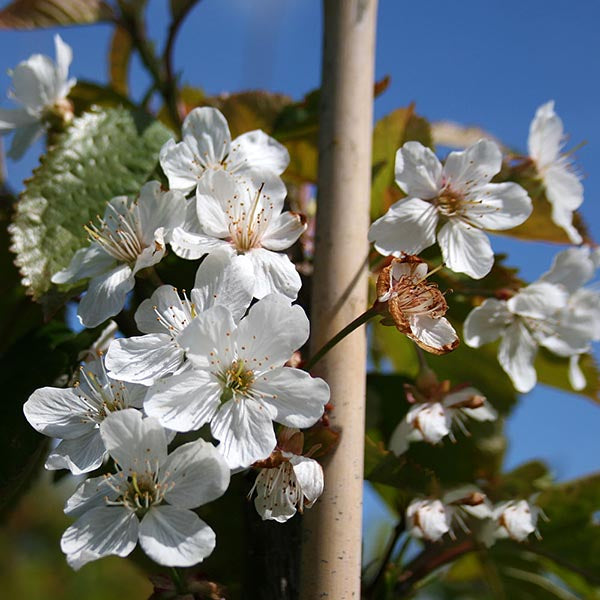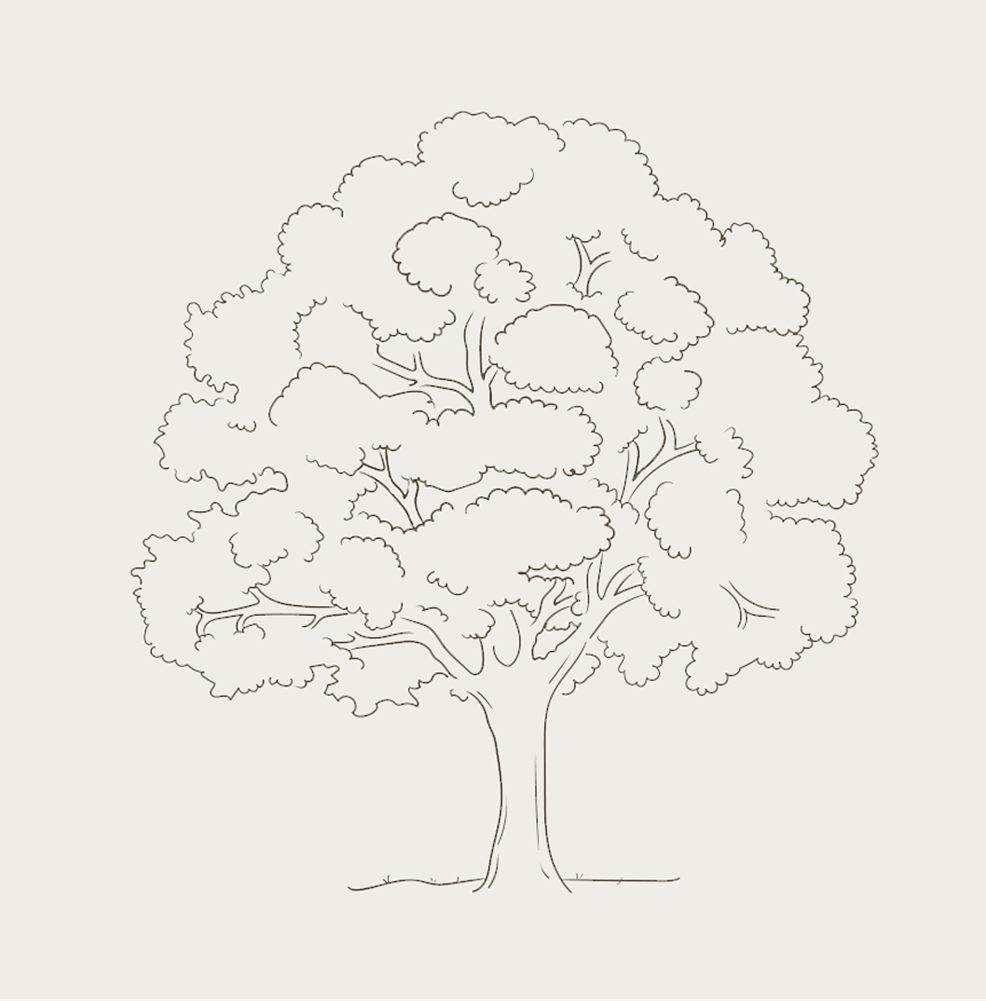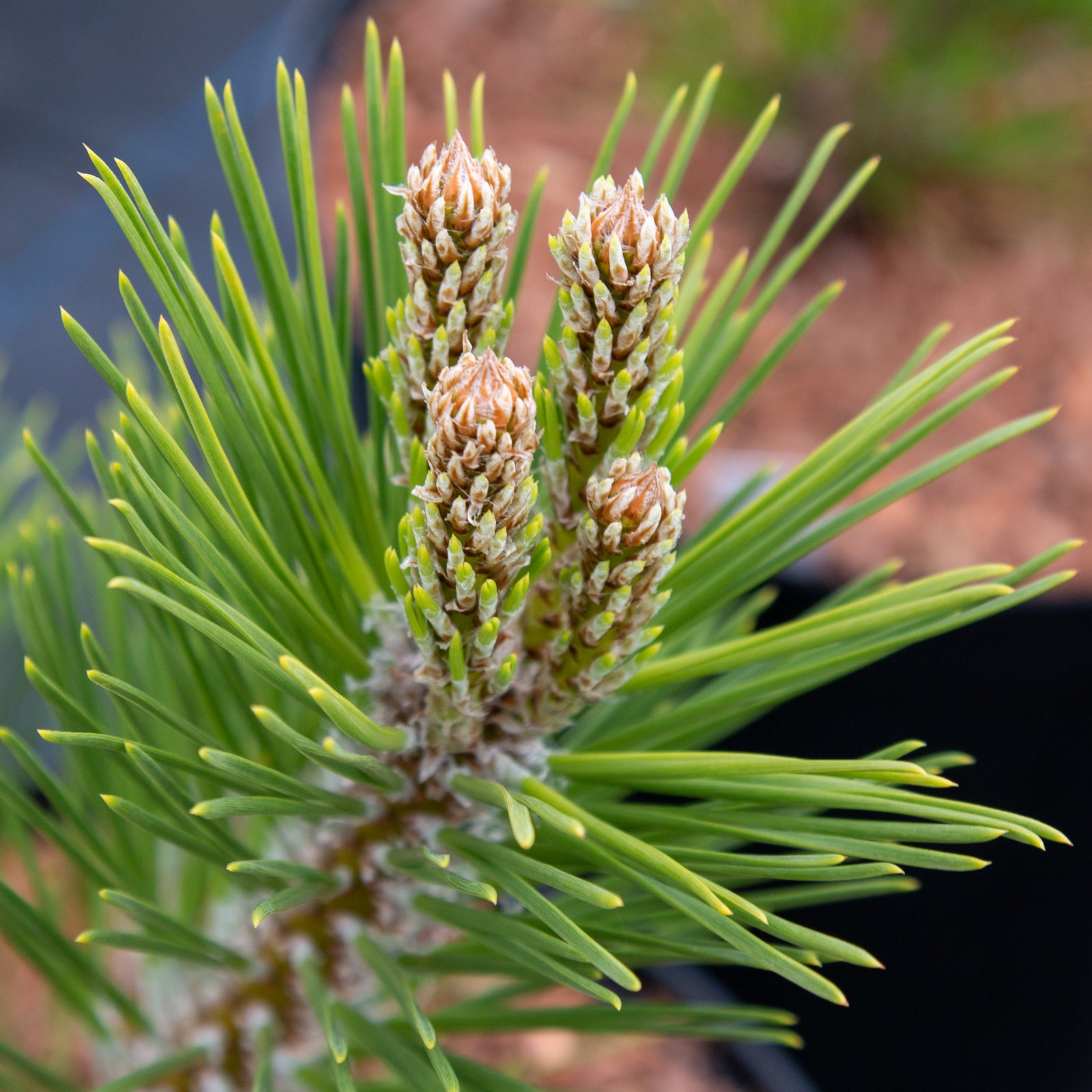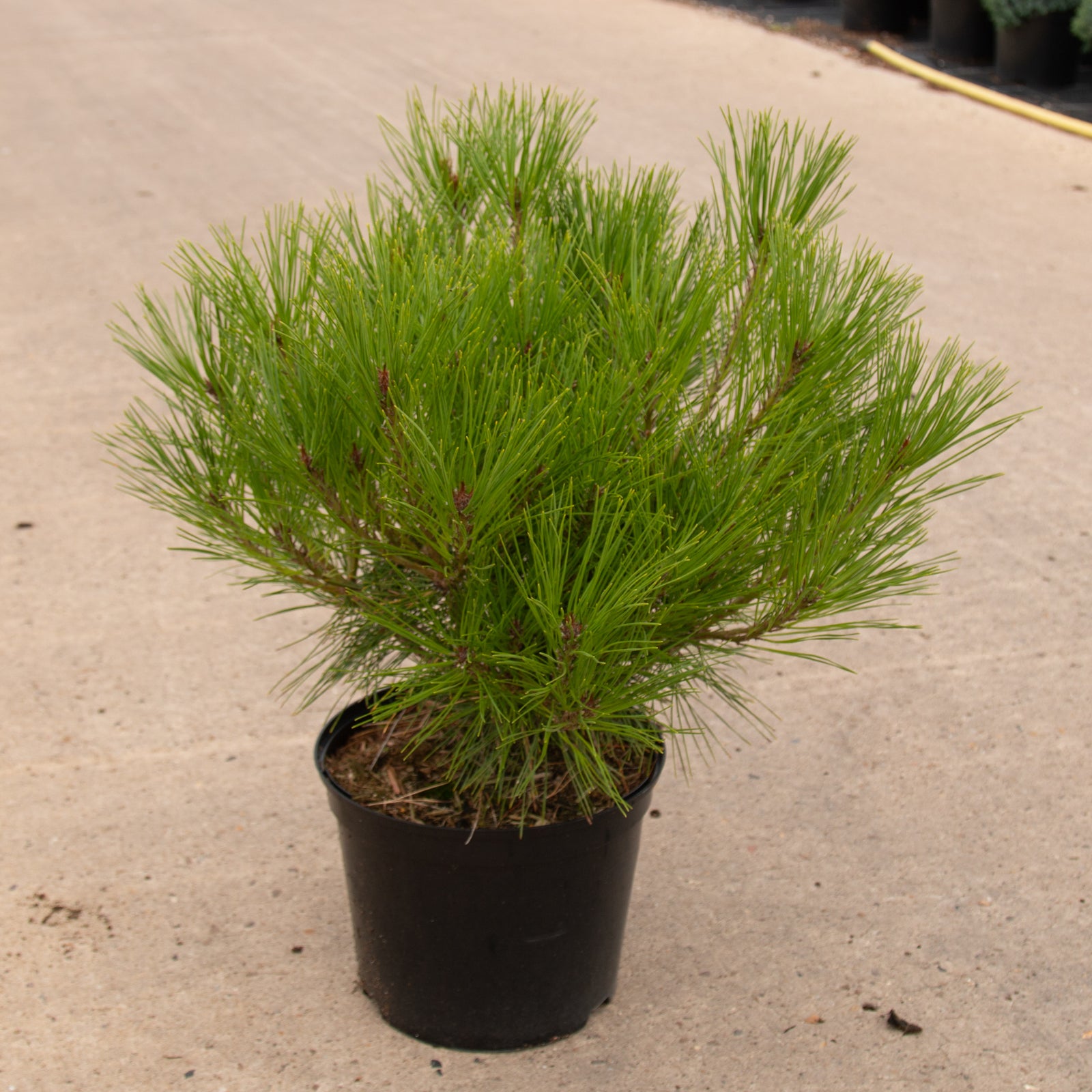Quercus robur
English Oak Tree
Common Name: English Oak TreeLatin Name: Quercus roburSoil: Any deep, well-drained, lime-free soilPosition: Full sun or partial shadeFlowering period/colour: Spring/ Yellow-greenHardiness: Fully hardyEventual height/spread: 15m/ 10mSpecial features: Majestic spreading canopy. Distinctive lobed leaves. Acorns in autumn. Wildlife habitat.The English Oak Tree (Quercus robur) is a quintessential piece in any British garden. Timeless and distinct, it stands tall with its spreading canopy and lobed leaves. Thriving in well-drained soil and adaptable to a wide range of conditions, the English Oak Tree is equally comfortable in full sun or partial shade. In spring, it graces your garden with inconspicuous yellow-green flowers, adding a pop of colour to your landscape.As the seasons progress, the English Oak Tree undergoes a transformation. In summer, its lush green foliage provides shade and shelter, creating a vibrant space for wildlife. The shade also acts as the perfect place to relax on hot summer’s days.
In autumn, the tree bears acorns, which not only add visual interest but also serve as a vital food source for local wildlife.With a projected height of 15 metres and a spread of 10 metres in 20 years, the English Oak Tree is a striking presence in any landscape.
Whether planted as a standalone specimen to provide shade and shelter, or incorporated into a mixed planting project to enhance biodiversity, it will be a cherished and enduring feature of your garden for generations to come.
Get an English Oak Tree today and watch it transform the character of your garden.








































































































































































































































































